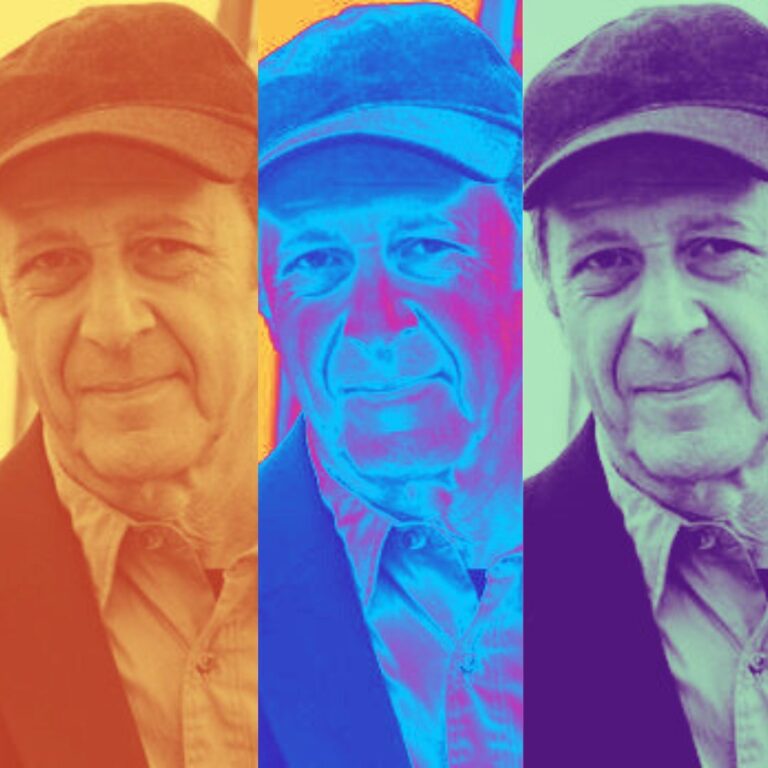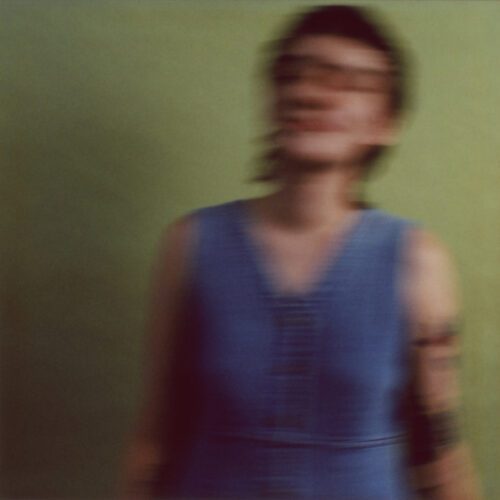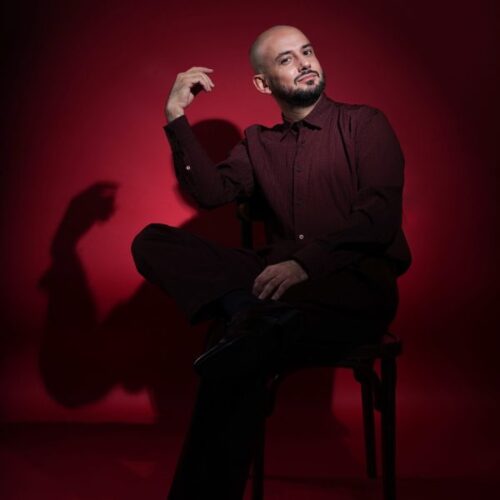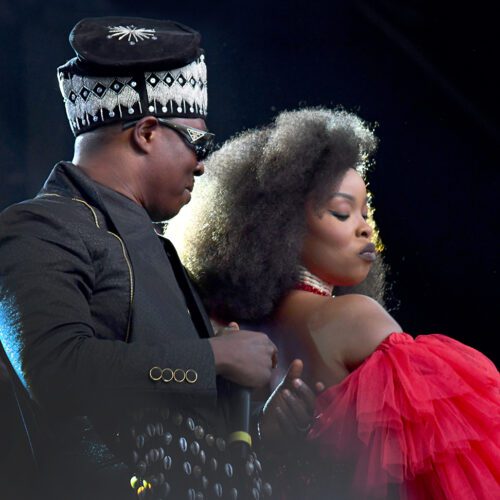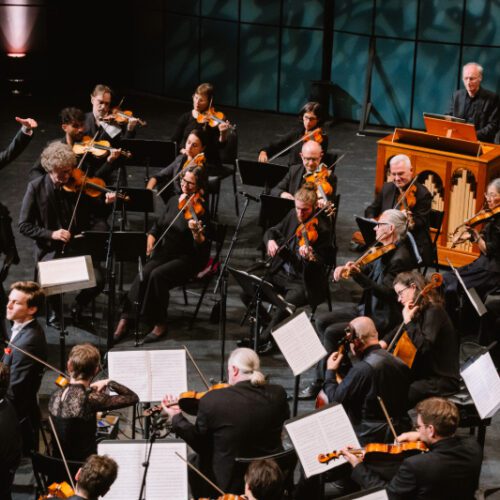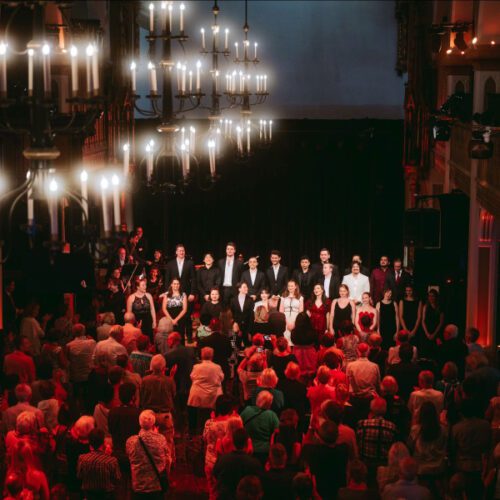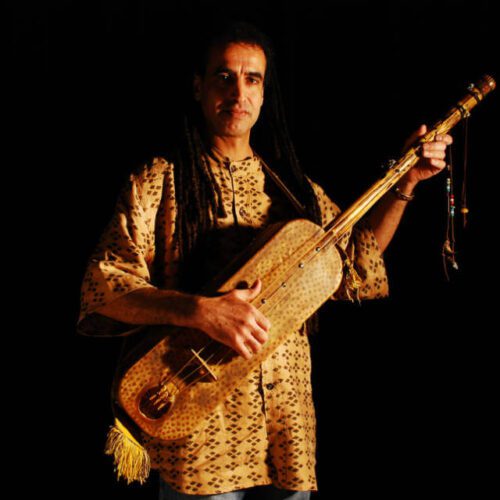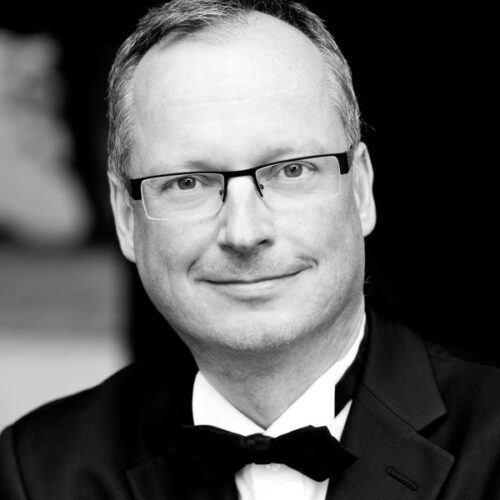On Tuesday 1 April, for the first time in Montreal, all three of Steve Reich’s string quartets were performed in a single concert. When I say string quartets, I really mean string quartets AND tape, because they all use the latter. Played in inverse chronological order by the Mivos Quartet, the three works are emblematic of the sonic universe of the American, a pioneer of minimalism and, for many artists of subsequent generations, the grandfather of techno music and the sampling technique.
READ THE INTERVIEW WITH THE VIOLIST OF THE MIVOS QUARTET ABOUT STEVE REICH’S QUARTETS
Indeed, two of the three quartets use sound sampling (concrete sounds, snatches of voice, etc.) in a rhythmic and melodic perspective. The use of concrete sounds in music does not date back to Reich (Schaeffer, Henry and Stockhausen were there before him), but his instinctive and rhythmically catchy way of distributing them has inspired a creative movement of which hip hop is the latest genre to take up, often unknowingly, certain imperatives.
The most recent, WTC 9/11, uses sounds taken from the tragedy of 11 September 2001 in New York, while the first, “Different Trains” (which remains the best of all), draws a parallel between the trains travelling between New York and Los Angeles (which Reich often used at one time), and those that transported Jews to extermination camps during the Second World War (Reich is Jewish, and the allegory came forcefully to mind). In between, the Triple Quartet requires a tape on which two other quartets each play a score while the live ensemble performs its own on stage.
The Mivos Quartet has recorded these same three quartets for Deutsche Grammophon (they also played all the tracks of the two recorded quartets used inTriple Quartet). Its musicians are therefore well versed in the demands of this music. Nevertheless, performing this music on stage is extremely demanding. You have to concentrate at all times to react precisely to what is happening in the soundtrack and with your colleagues, and you have to keep track of all the repetitive patterns of the score, regularly punctuated by small changes that are as subtle as they are fundamental to the dynamic energy of the music. As they say, it’s easy to get lost in all that.
Hats off to the four excellent musicians of the New York-based ensemble (on their first visit here!) Olivia de Prato and Adam Woodward on violins, Victor Lowrie Tafoya on viola and Nathan Watts on cello. Their reading was breathtaking in its precision and coordination.
It’s almost an annual gathering of great names in minimalism that the Bourgie Hall programme offers us (in recent years we’ve had Glass and Missy Mazzoli), and we welcome it with enthusiasm. We hope it will continue and, why not, that there will be even more.
